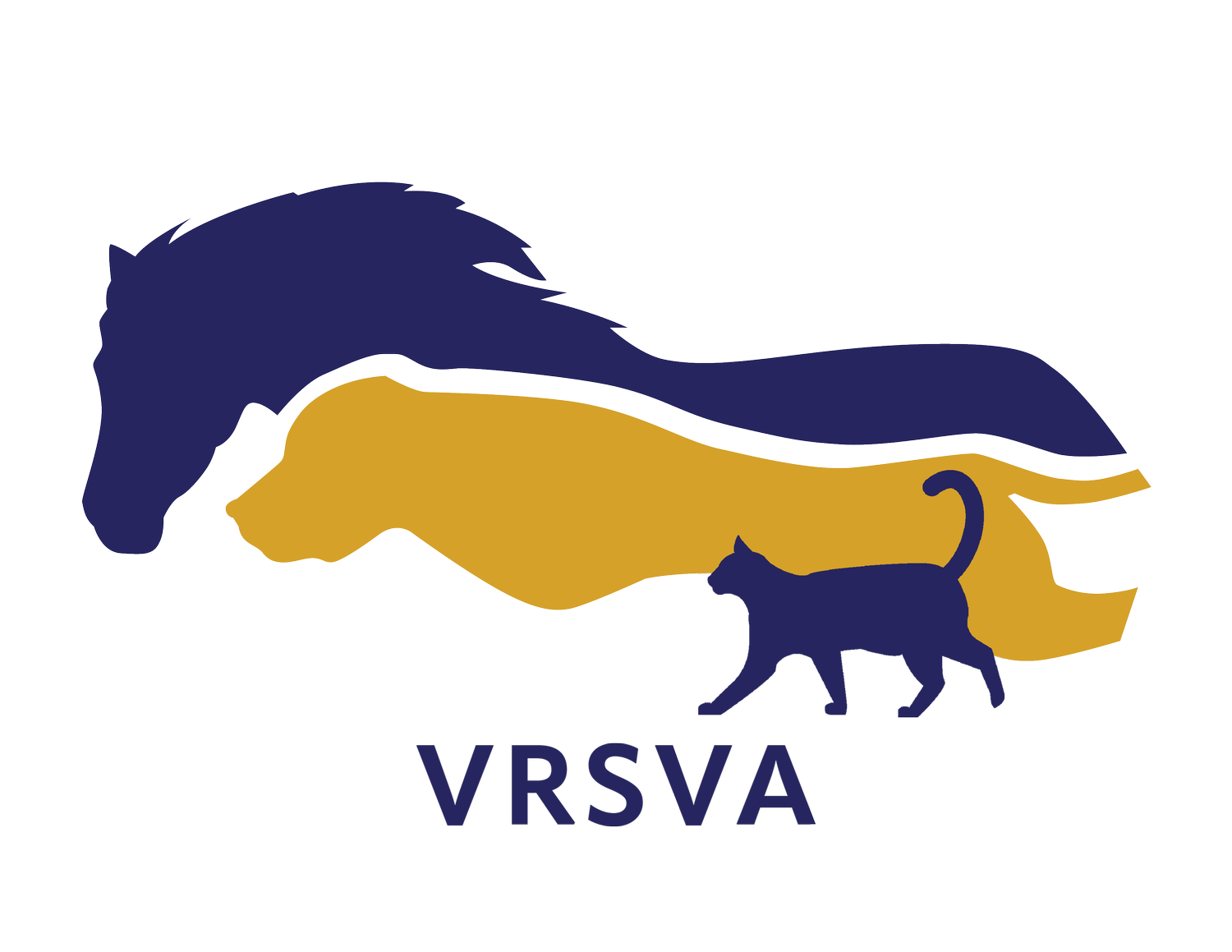Rehab During Each Phase of Tissue Healing: Phase 4
*Warning: Article contains graphic images of healing wounds.
The fourth and final stage of healing is the Maturation Phase. This phase typically begins around the week 3 mark and can continue for months or even years in the case of tendon/ligament injuries. During this phase, collagen fibers organize and realign. The tissue increases in strength and flexibility to begin to tolerate increased stresses. An appropriate rehabilitation program focuses on gradually increasing loading of the injury in a controlled fashion.
Increasing exercise. Handwalking increments increase and may begin to incorporate ground poles and varied surfaces. When deemed appropriate, horses may begin walking under saddle. Gradually, the ride times will increase and trotting will be introduced. Trot sets will increase in length until the horse is ready to canter.
Balance pads may be used to build the small stabilizing muscles which help support the injured tissue and prevent re-injury.
The Class IV laser is helpful during this phase to increase blood flow, speed cellular metabolism to increase tissue oxygenation and flush out waste products, and to provide pain relief.
Stretching can help improve elasticity of new tissue, decrease the formation of adhesions, elongate muscles and improve joint mobility.
Frictional massage can help decrease the occurrence of adhesions.
Re-injury often occurs during this phase if not managed appropriately. At this point, animals are often becoming impatient with limited activity and owners are often anxious to return their animals to their normal routine. Increasing workload too soon or allowing turnout or off leash time too early will dramatically increase the chance of re-injury.
Each injury, each animal and each situation is different and requires a proper diagnosis, a thorough rehabilitation assessment and the formation of a unique rehabilitation plan. It is important to regularly assess the injury to be sure it is responding appropriately and to adjust the plan often, as needed. Specific attention should be paid to each phase of healing of the injured tissue to increase the chance of successful recovery.
References:
Davidson, Elizabeth J. “Controlled Exercise in Equine Rehabilitation.” Veterinary Clinics of North America: Equine Practice, April 2016, 159-165.


